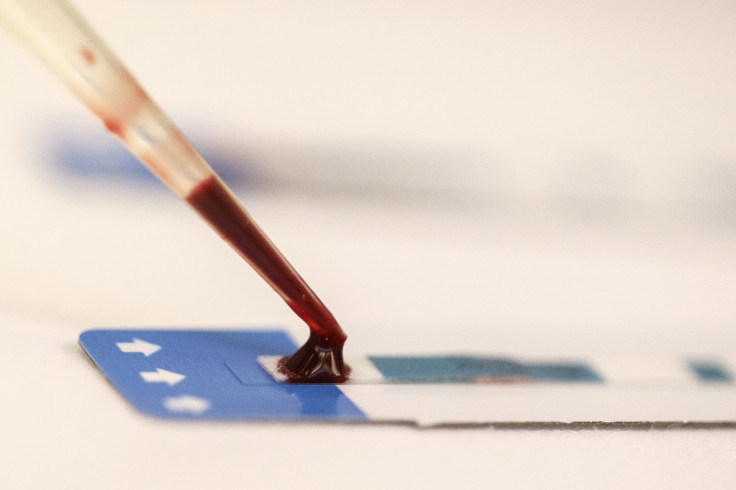Scientists test tweezer-shaped molecule that zaps HIV, preventing transmission

A group of scientists recently tested a molecule that can prevent HIV transmission. The results were successful and might effectively stop the spread of the deadly condition.
RT reports that the tweezer-shaped molecule, called CLR01, was shown by researchers from the University of Pennsylvania and the University of Ulm in Germany. The results were published in the journal eLife on August 18, 2015.
HIV is generally spread through the male reproductive fluid, semen. Semen has deposits of special polymers known as amyloid fibrils.
CLR01 blocks the activity of amyloid fibrils that boost HIV infectivity as the virus attaches to the membranes of human cells. The discovered molecule can stop the formation of the fibrils and disengage the ones that already attached. CLR01 as an HIV cure can also attack the virus by destroying its membrane, without affecting the membranes of other cells. There is a possibility that the molecule may also be effective against other sexually transmitted diseases (STDs) like Hepatitis C and herpes virus.
James Shorter, co-author of the study, told Eurekalert that CLR01 appears to be more effective compared to microbicides because of its dual action, fewer observed side effects and its potential to be applied on a broader range of applications.
Shorter adds that CLR01 may be effective as therapy to reduce the transmission of sexually transmitted viral diseases. The treatment was found to have no effect on cell members, which might mean that it could be safely incorporated into anal or vaginal gels to curtail the spread of HIV without worrying about the side effects. By targeting HIV, it brings the medical field closer to finding the cure for AIDS.
The team also believes how CLR01 can be more effective as an HIV treatment than other microbicides that are being developed because of its dual action, namely, its safety in terms of side effects and its potential broad application.
Professor Jan Munch mentioned that the next step involves assessing the safety and efficacy in non-human primates. The scientists plan to make vaginal or anal gels using the newly found molecule, without the risk of side effects.
In 2014, a study involving tweezer-shaped molecules was also published in the Journal of Biological Chemistry , showing its efficacy in targeting and treating neurological conditions like Alzheimer’s disease, Huntington’s disease and Parkinson’s disease.
More developments and updates regarding CLR01 are expected in the coming months.
Contact the writer of this story at feedback@ibtimes.com.au or let us know what you think below.




















